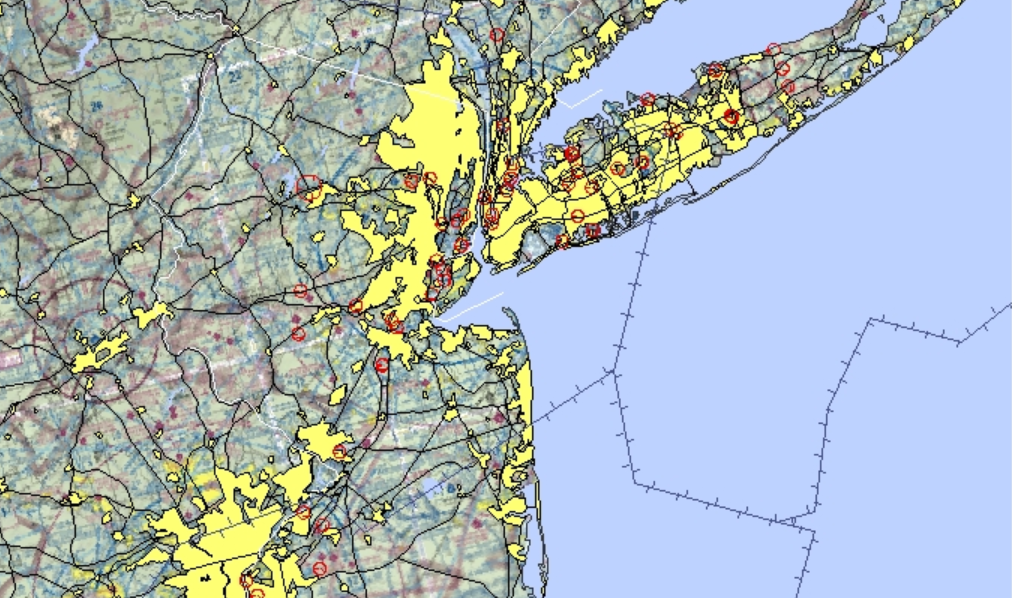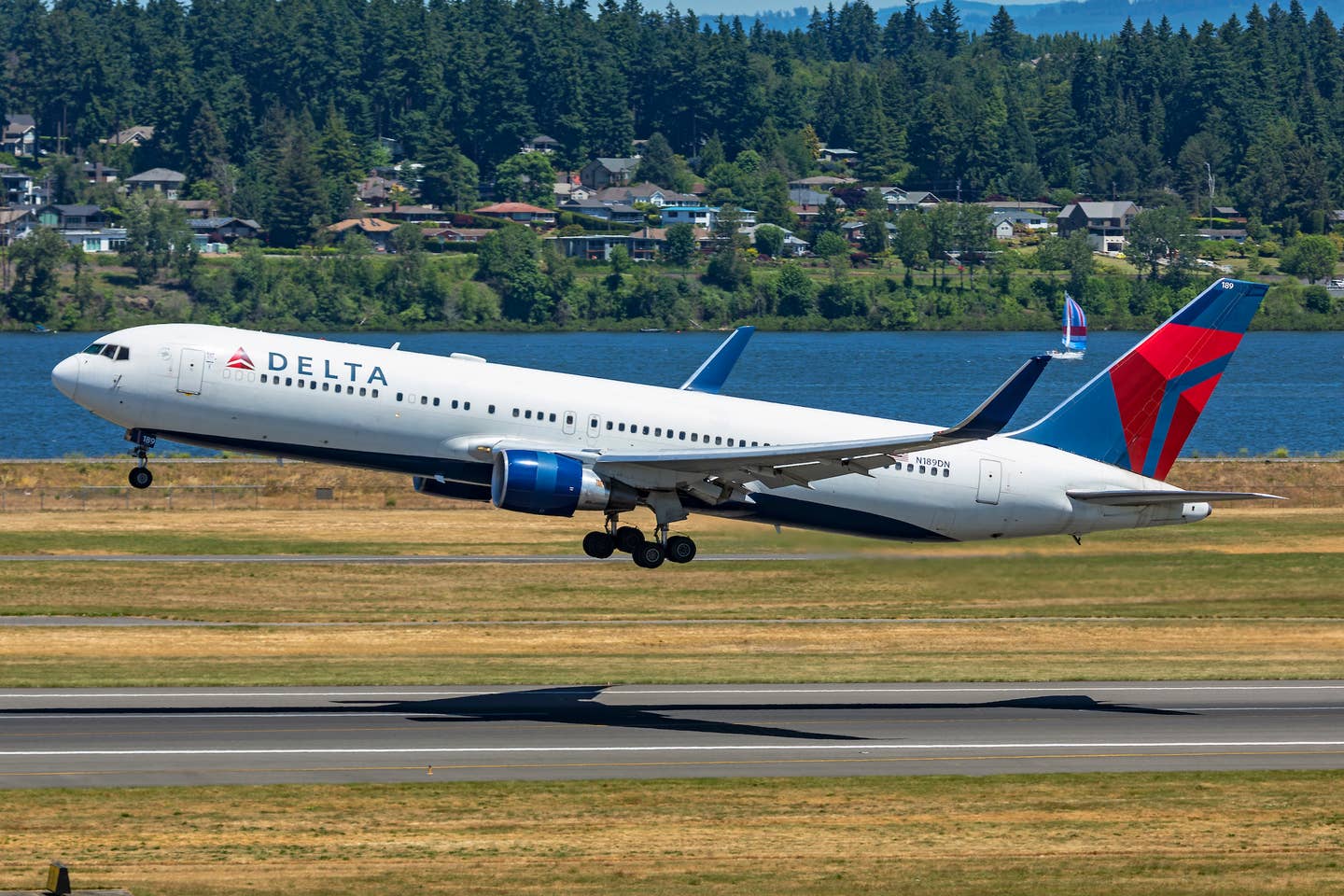
** The 2011 eruption of an Icelandic volcano is
not expected to cause as much disruption as
the 2010 event (shown here), which resulted
in thousands of flight cancellations.**
This week’s eruption of an Icelandic volcano seems to be a repeat of much of last year’s drama when a larger eruption shut down much of Europe’s airspace for nearly a week, costing billions of Euros in the process. ** **
This time around, the authorities were well prepared, though how much good that preparation is doing is open to debate. In response to heavy criticism of the way it handled last year’s ash event, Eurocontrol last month ran a large-scale test of its response plan and got to try that plan with a real-world event only weeks after the mock run.
This time around it was a different Iceland volcano, Grimsvotn, that acted up. As of Wednesday night, more than 500 flights had been delayed.
The Grimsvotn event has so far not been as powerful or widespread as last year's eruption of another Iceland volcano, Eyjafjallajokull. The ash plume from that event forced the cancellations of thousands of flights, with interruptions persisting for five days.
This time around most cancellations have been Scotland, where a small ash cloud was focused. A larger cloud caused delays in parts of Scandinavia, where it caused some flights to be cancelled.
Last year some airlines complained that Eurocontrol overreacted by shutting down too much airspace for too long, while pilots groups then and now are counseling caution. Ryanair conducted what it called a test flight through the area labeled by Eurocontrol as the “red zone” but Ryanair pilots reported no problems and spotted no actual ash, leading Ryanair’s president Michael O’Leary to again call the restrictions overblown. Authorities countered by questioning the validity of the flight, which was flown, they said, above the ash cloud and without any recording instrumentation.

Sign-up for newsletters & special offers!
Get the latest FLYING stories & special offers delivered directly to your inbox






